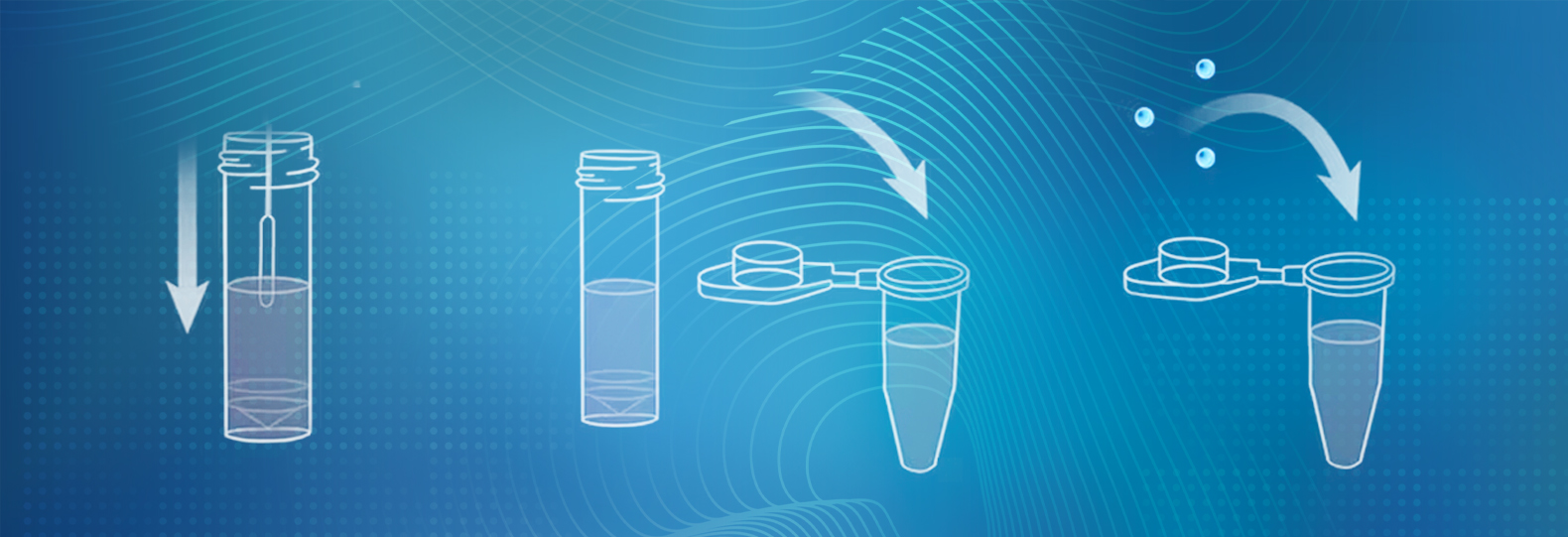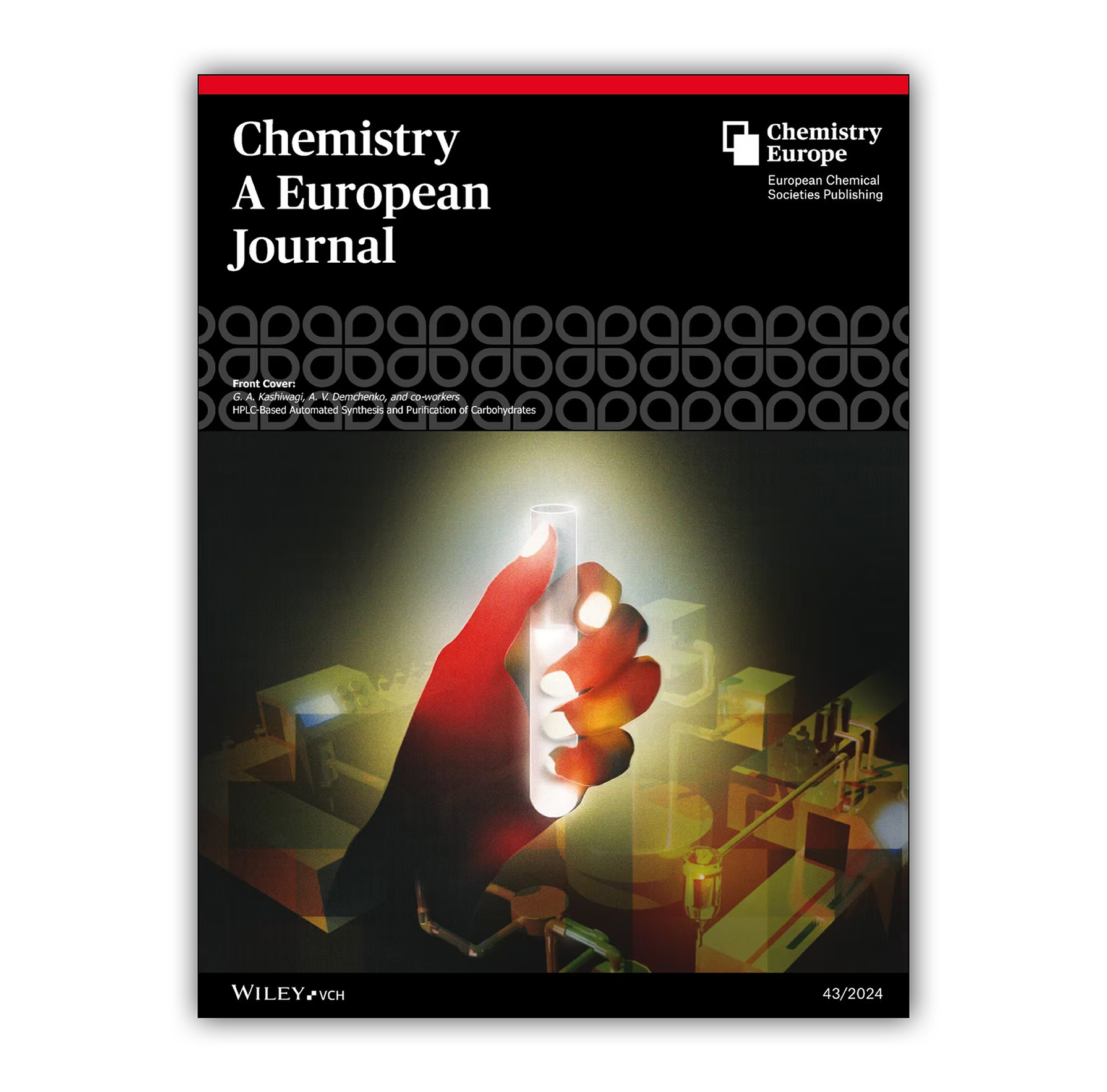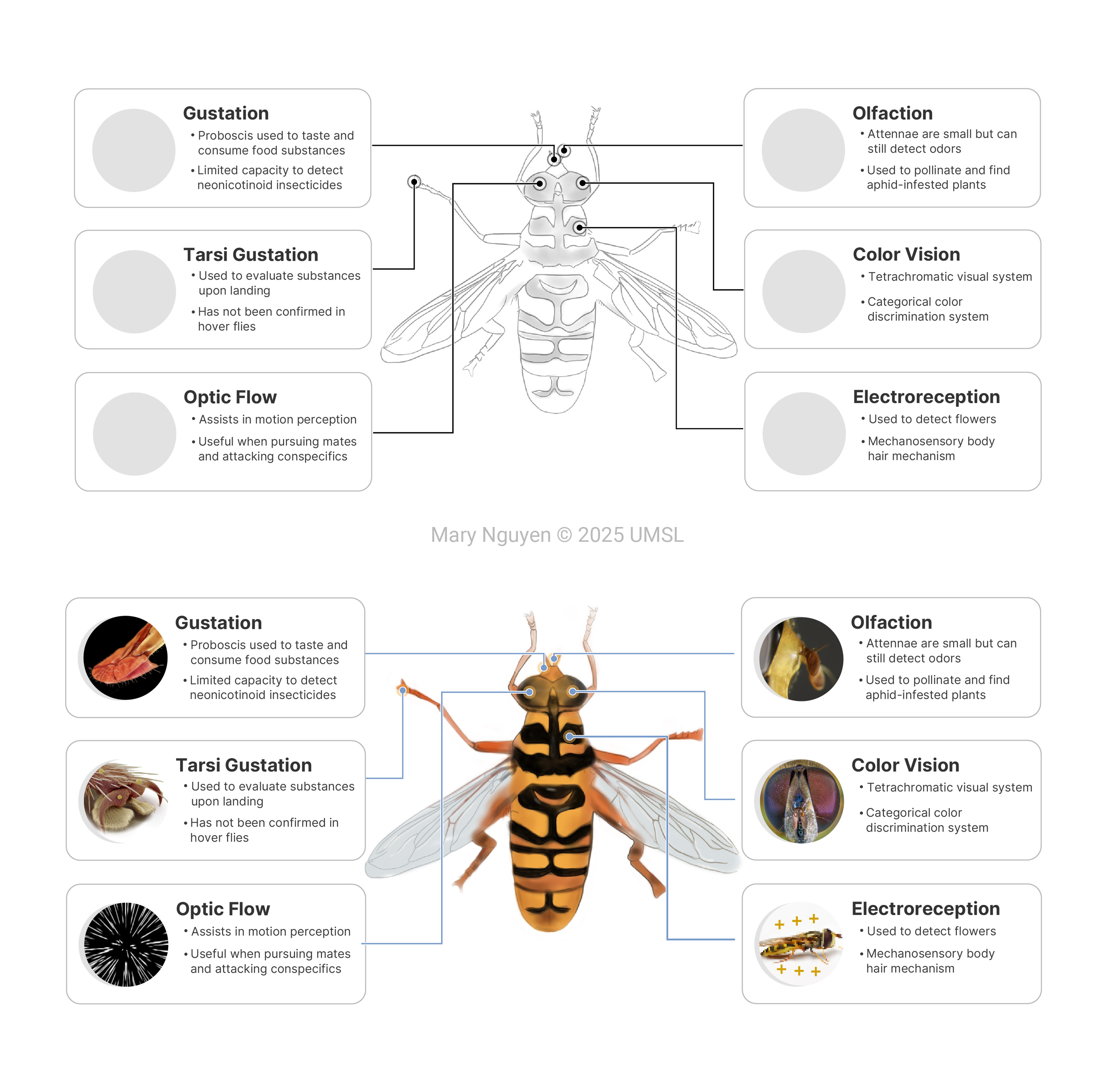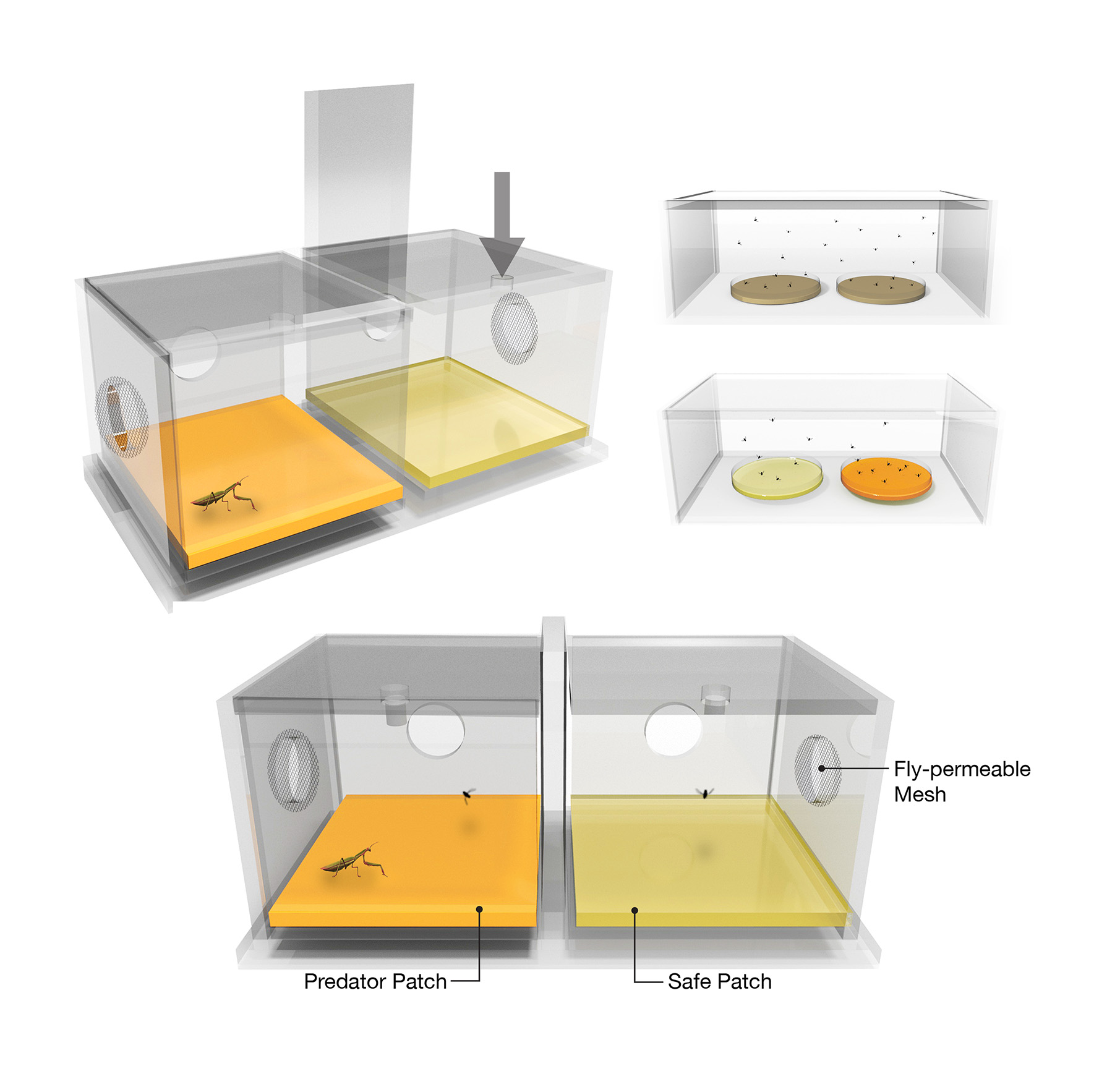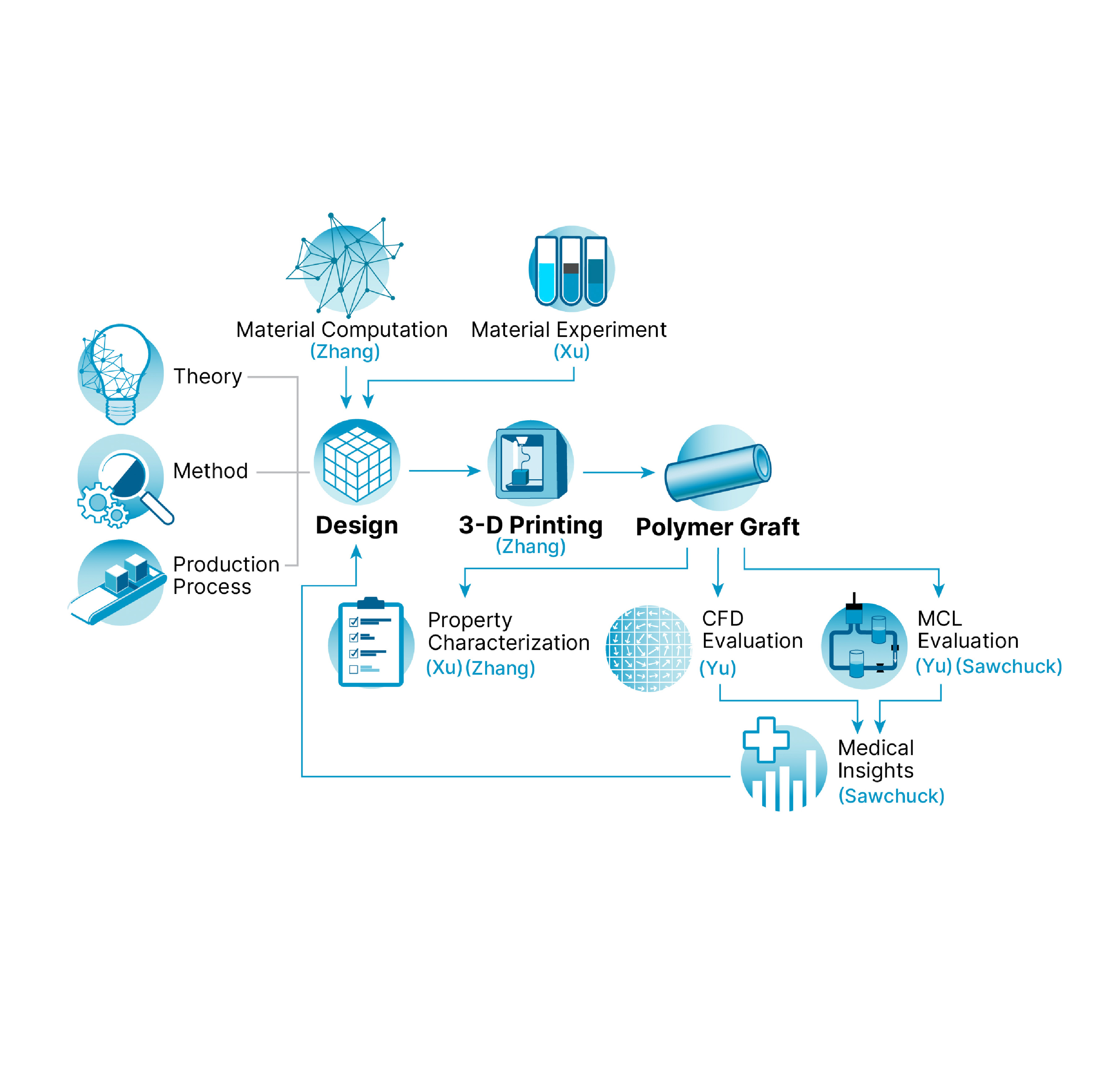Elevate Your Research with Impactful Visuals
As a part of UMSL’s strategic priority to increase federal research funding and F&A, the Office of Research, Economic and Community Development is pleased to offer Scientific Illustration and Graphic Design services.
Scientific illustration and graphic design in research proposals serve to simplify complex ideas, enhance visual appeal, and effectively communicate research objectives and findings. They play a vital role in engaging reviewers, conveying data, and making a persuasive case for securing grant funding or approval from review committees.
Priority consideration for graphics services for research faculty include:
- Proposals to federal agencies with full F&A rates with award size of $300,000 and above
- Nationally competitive foundation proposals with award sizes of $300,000 and above
- Cover art for high impact journals (ORECD provides services, not associated publication costs)
- Institutionally significant proposals which advance UMSL’s mission
Other requests for scientific illustration and graphic design services will be accommodated based on scheduling and availability. We encourage you to reach out, and assistance will be provided whenever possible.
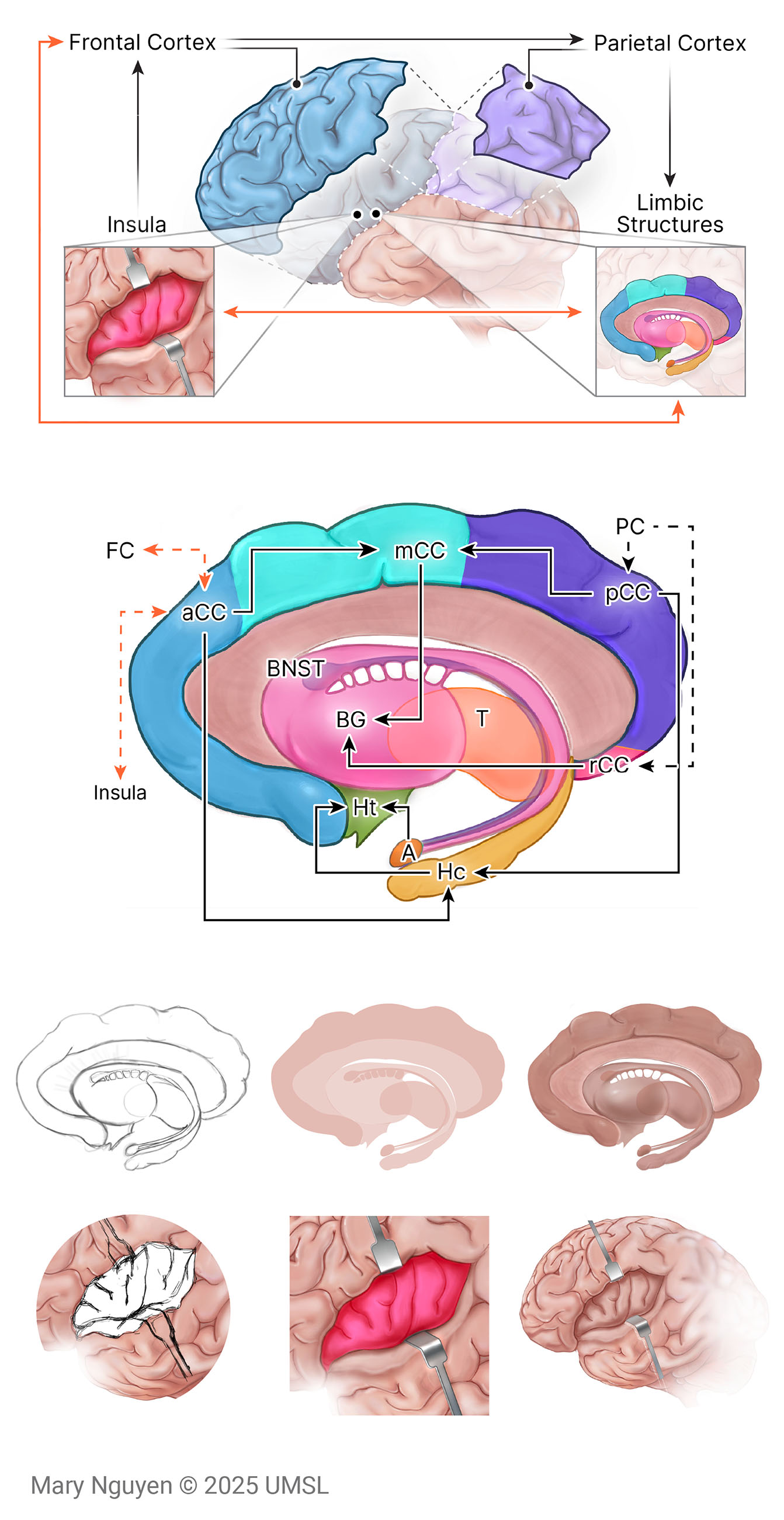
Getting Started
To request graphics assistance, please schedule a consultation with Mary using the following Microsoft Bookings link.
Scroll down to explore and learn more about the range of services we offer

Services
Whether you’re seeking assistance with visual design or unsure where to start, we offer a comprehensive range of professional creative services. Explore our offerings below to find a visual solution that best supports your needs.
Explore Our Work
Take a look at some of our previous projects here.

